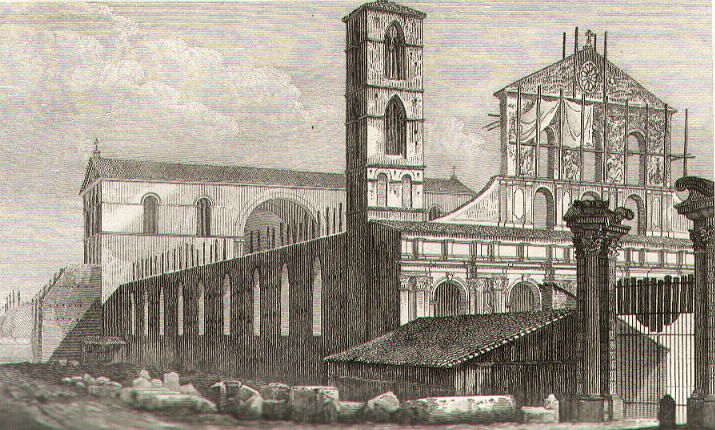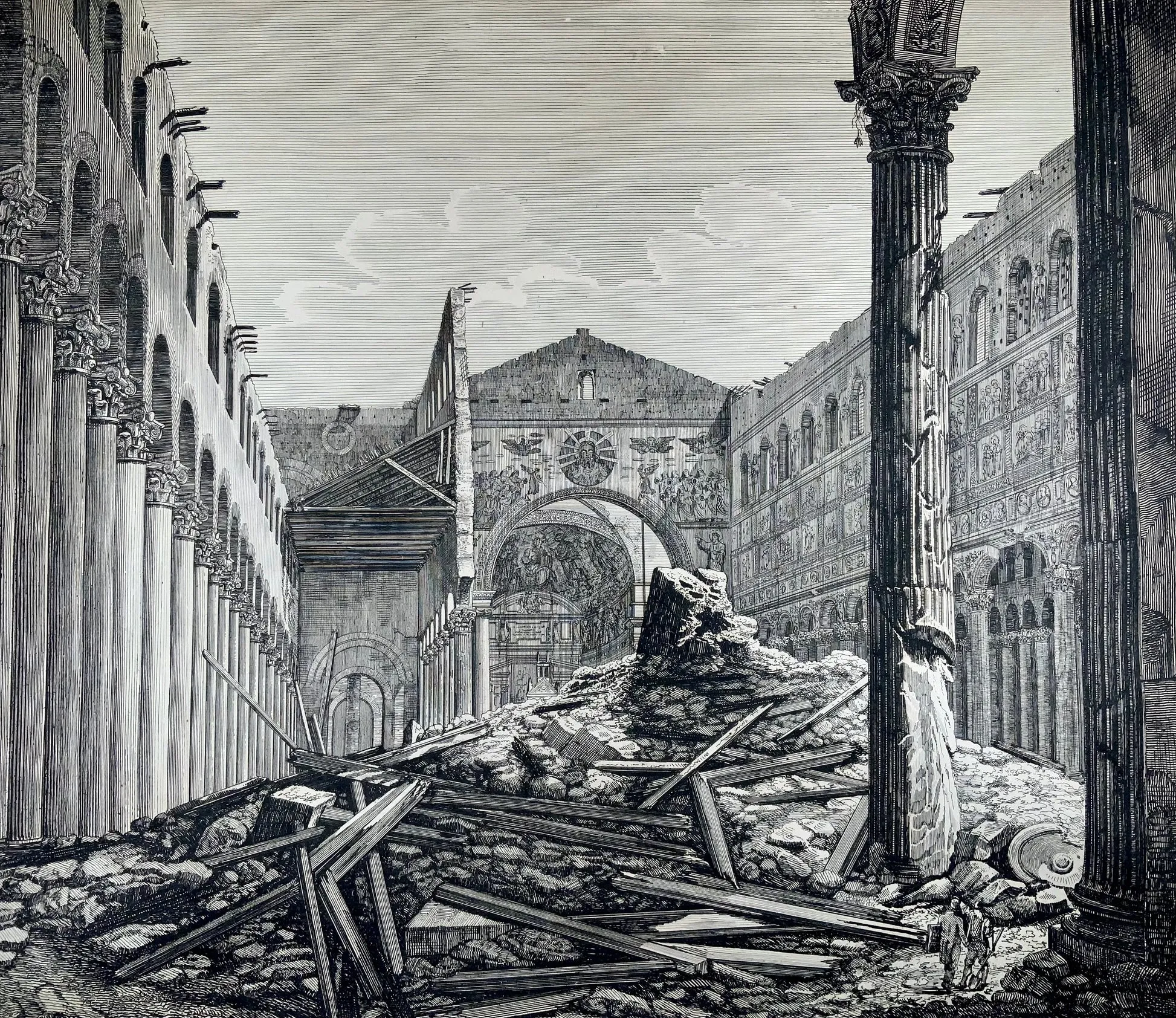.jpg?w=800) Professors and students stand in front of the Basilica of the National Shrine of the Immaculate Conception at The Catholic University of America’s campus, to begin building truss number six of Notre Dame Cathedral in France. / Patrick G. Ryan, university photographer
Professors and students stand in front of the Basilica of the National Shrine of the Immaculate Conception at The Catholic University of America’s campus, to begin building truss number six of Notre Dame Cathedral in France. / Patrick G. Ryan, university photographer
Washington D.C., Jul 28, 2021 / 15:03 pm (CNA).
Students and professors at the Catholic University of America (CUA) are building a full-scale truss replicating that which was destroyed in a 2019 fire at Notre Dame Cathedral in Paris.
On the lawn in front of the Basilica of the National Shrine of the Immaculate Conception in Washington, D.C., students and professors at the university are working with the architecture non-profit Handhouse Studio to create a wooden truss, a roofing framework. The truss has the same specifications as one of the hundreds of trusses destroyed in the devastating April 2019 fire at Notre Dame Cathedral.
“The making of this in front of the Basilica is magic.” said Tonya Ohnstad, visiting professor at the university’s school of architecture and a leader in construction effort, to CNA in a July 27 phone interview.
The truss, which will be approximately 45 feet wide and 35 feet tall when finished, is being constructed in partnership with Handhouse Studio during a 10-day workshop. Ohnstad compared the rebuilding of the truss to a “true living medieval experience.”
The workshop began on Monday morning when 30 White Oak trees donated from neighboring Virginia forests arrived at the university campus, along with a crane. Traditional timber framers, carpenters, faculty, students, and alumni have been participating in the project, using the methods and materials of the original medieval builders of Notre Dame.
“It’s so incredible,” Ohnstad said, “I wish everyone could come and see the way they would have seen the construction of these important buildings with people working, all of the embodied energy of the humans, and everything people are pouring into these logs that would then be part of the church.”
An architecture graduate student involved in the effort, Sam Merklein, told CNA that his class contributed research into different joints, sketches, and dimensions of the truss; the students worked in collaboration with the Notre Dame architects in France.
“It’s amazing to see all the drawings that detail all the different components of the building,” Merklein said, “but then also just to be able to say that we’re helping to reconstruct a cathedral that is hundreds of years old and has had so much work put into it throughout the century is amazing.”
The university’s architecture department is teaching a related course on the history and reconstruction of the cathedral, which includes a public lecture series featuring experts from many fields.
Ohnstad’s architecture class on the cathedral, which began at the end of June, prepared for four weeks before the timber arrived on campus. She told CNA her team is rebuilding the sixth truss out of the hundreds of trusses that held up the cathedral.
When asked if the truss will be used in the actual rebuilding of the cathedral, Ohnstad told CNA it has not been decided yet. She called the truss building a “gesture of global solidarity” to show the French that “we’re in this with them, we want to help them reconstruct it, and that we hope that they will take a truss from us and put it in Notre Dame.”
Ohnstad told CNA that she is collaborating with the group Charpentiers sans Frontières (“Carpenters Without Border”). As the team at CUA could have slightly different measurements and estimates than the team in France, the truss could be ruled out from being used in the Cathedral for that reason.
However, when finished, the truss will be raised in front of the basilica for display on August 3 at 5:30 p.m. At the event, Cardinal Wilton Gregory of Washington will come to bless the structure.
The truss will then be raised for display on the National Mall on August 5, in partnership with the National Park Service’s Historic Preservation Training Center and with the support of Preservation Maryland.
The National Building Museum also found interest in the truss, and will be exhibiting the structure within its “Great Hall” for sight seeing from August 6 to September 16.
“I think it’s really amazing that across the Atlantic we’re able to help out with the cathedral,” Merklein said, “and whether or not the timber framers here are going to send over a truss into the cathedral, or if it’s just going to be a symbolic effort and gesture, I think it’s a really great experience and something I’m proud to work on.”

[…]







.jpg?w=800)
